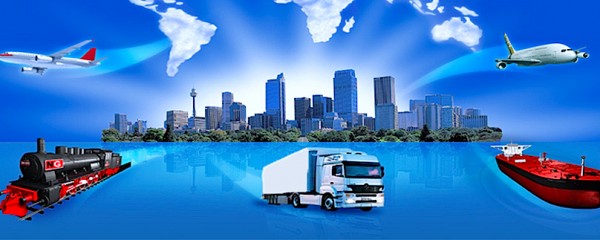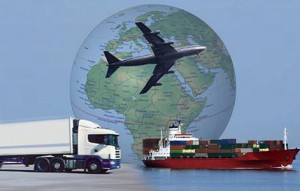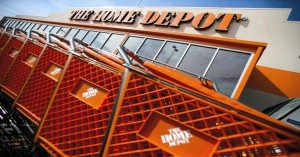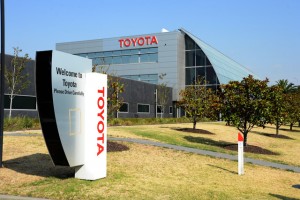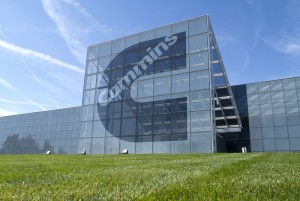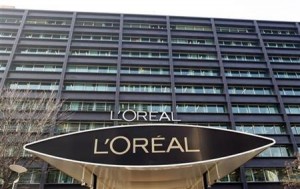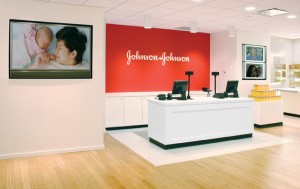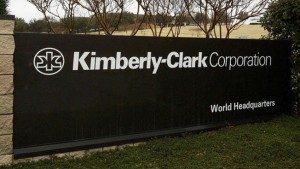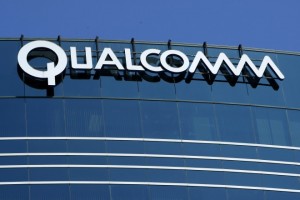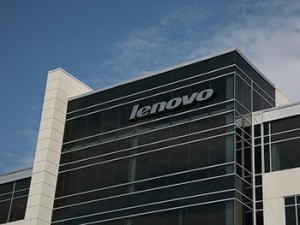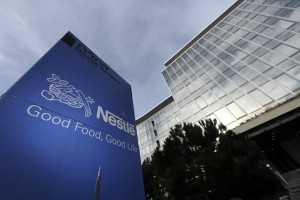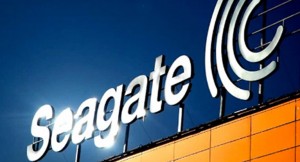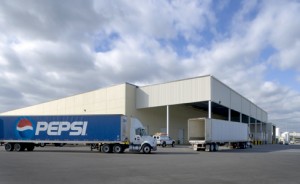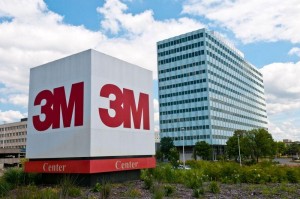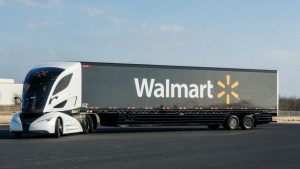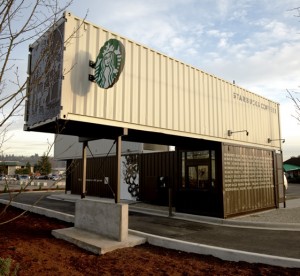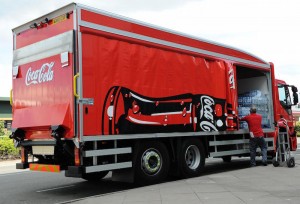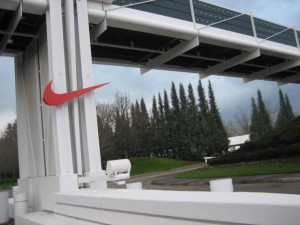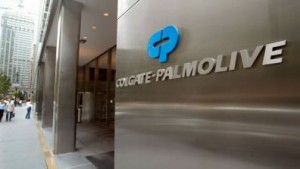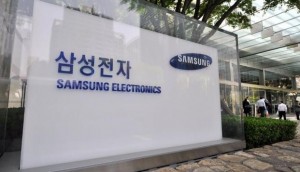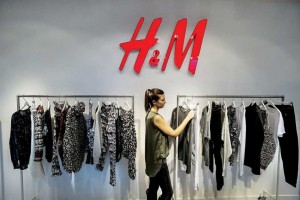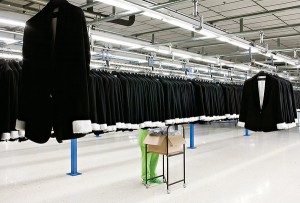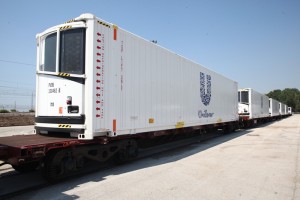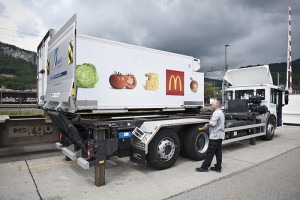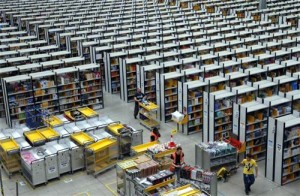07
Sep 2015
2015 TOP SUPPLY CHAINS
Hello again! Holiday is over, and by the way, hello September and hello Autumn! I feel that our Summer this year is very short, don’t you feel the same?
Today, I’ve prepared an article about “25 companies who have the best supply chains in the world”. Let’s check it out!
25. Home Depot
In terms of overall revenue reported to the U.S. Securities and Exchange Commission, the company is the largest home improvement retailer in the United States, ahead of rival Lowe’s. The store operates out of large warehouse-style buildings averaging 105,000 ft2 (9,755 m2) with megastores operating in larger facilities (the company’s largest store, located in Union, New Jersey is 225,000 ft2)
24. Toyota
The brain of Lean Production and Just In Time (JIT) strategy holds position #24.
23. Cummins
Cummins Inc. is an American Fortune 500 corporation that designs, manufactures, and distributes engines, filtration, and power generation products. Cummins also services engines and related equipment, including fuel systems, controls, air handling, filtration, emission control and electrical power generation systems.
22. L’Oréal
It’s the world’s largest cosmetics company, and the top nanotechnology patent-holder in the United States.
21. Johnson & Johnson
It’s one of the biggest consumer goods and pharmaceutical companies. In addition, Johnson & Johnson tuberculosis drug is known as the first new medicine to fight the infection in more than forty years
20. Kimberly-Clark
Kimberly-Clark Corporation is an American personal care corporation that produces mostly paper-based consumer products. The group’s first business was operating paper mills, which the collective expanded throughout the following decades. In 1914 the company developed cellu-cotton, a cotton substitute used by the United States Army as surgical cotton during World War I.
19. Qualcomm
Qualcomm Inc. is an American global semiconductor company that designs and markets wireless telecommunications products and services.
18. Lenovo Group
Lenovo’s “sell on the water” capability allows it to allocate product to customers while the goods are in transit. And more recently the company has developed an analytical tool for inventory and order support visibility
17. Nestlé
Yes, it’s the world’s largest food company in the world, measured by revenues, and it’s also one of L’Oréal main shareholders.
16. Seagate Technology
Seagate’s “tiger teams” of subject matter experts collaborate on improving supply chain processes within the company’s supplier base, resulting in better inventory and product quality performance.
15. PepsiCo
This one of the leading food companies led by Indra Nooyi has an integrated distribution network capable of direct store delivery through retail teams that manage shelves around the world. PepsiCo also uses demand signal repository tools to manage promotion displays in real time at the SKU level. The company’s reuse of packaging materials has driven substantial sustainability and cost reduction benefits.
14. 3M
3M works closely with key suppliers on product development, with the goal of lowering costs while accelerating time-to-market cycle times.
13. Walmart
This world’s largest company by revenue and world’s most valuable company by market value, continues to invest in drive-through pick-up centers while pilot-testing “click-and-collect” grocery stores in Arizona.
12. Starbucks
It’s the largest coffeehouse company in the world ahead of UK rival Costa Coffee, with 22,551 stores in 65 countries and territories, including 12,739 in the United States, 1,868 in China, 1,395 in Canada, 1,117 in Japan and 830 in the United Kingdom.
11. Coca Cola
On the customer-facing side, the beverage giant is working to better its on-time and in-full rates by improving forecast collaboration, value-based product and packaging portfolio management. Coke is also investing in automation within its manufacturing and distribution operations with the aim of increasing productivity.
10. Nike
Nike relies on offshore manufacturers to produce its shoes and other apparel products, the company has pushed hard to get most of those producers to adopt lean manufacturing processes. On the product development front, not only is Nike using 3-D printing to develop prototypes but is looking into next-generation 4-D technology to develop adaptable materials.
9. Colgate-Palmolive
Colgate-Palmolive is aiming for transparency throughout its supply chain, and to that end Colgate-Palmolive is using collaboration tools, what-if simulations and real-time analytics while involving key supply chain partners in the process. The company hopes to leverage end-to-end visibility to improve both in the supply chain planning and execution phases of its operations.
8. Samsung Electronics
Samsung’s supply chain management is focused on end-to-end visibility and on collaborative planning, forecasting and replenishment (CPFR) with mobile suppliers, and on continuous improvement in customer logistics.
7. H&M
This Swedish fashion retailer specializing in fast-fashion has fully embraced omni-channel distribution via its recent expansion into e-commerce.
6. Cisco
Cisco Systems’ supply chain transformation efforts have centered on the simplification of large-scale services, which for the networking company meant introducing and using standardized processes and common practices whenever and wherever possible, it’s also tapping Internet of Things capabilities to improve its supply chain operations while also developing and marketing new IoT solutions.
5. Inditex
Can you guess which company that has Inditex as its parent company?
Zara. Inditex is a Spanish company and it is world’s largest fashion retailer. A new product can be designed and brought to market within one week, a vast shortening of the typical six-month time-to-market lifecycle for the industry.
4. Intel
Based on its revenue, Intel is one of the world’s largest and highest valued semiconductor chip makers. It is the inventor of the x86 series of microprocessors, the processors found in most personal computers.
3. Unilever
The company is currently rolling out several regional centers of excellence focused on customer service and logistics, with the goal of improving speed-to-response and efficiency.
2. McDonald’s
McDonald’s supply chain strategy is the making of data-driven and new product decisions.
1. Amazon
This giant e-commerce and cloud computing company uses the same-day delivery, online groceries, instant ordering “Dash” buttons, delivery drones, and the recent announcement of delivery to customer’s car trunks.
Adapted from : Gartner
SBE Inspection , your best solution for Quality Inspection Services www.sbeinspection.com

